Rising Demand for Automation
The industrial vision market in China is experiencing a notable surge in demand for automation across various sectors. This trend is driven by the need for enhanced efficiency and productivity in manufacturing processes. As industries increasingly adopt automated solutions, the integration of vision systems becomes essential for quality control and process optimization. Reports indicate that the automation market in China is projected to grow at a CAGR of approximately 15% over the next five years, which directly influences the industrial vision market. Companies are investing in advanced imaging technologies to streamline operations, reduce human error, and improve overall output. This growing reliance on automation is likely to propel the industrial vision market forward, as businesses seek to leverage these technologies to maintain competitiveness in a rapidly evolving landscape.
Expansion of Manufacturing Sectors
China's manufacturing landscape is diversifying, with significant growth in sectors such as electronics, automotive, and pharmaceuticals. This expansion is creating new opportunities for the industrial vision market, as these industries increasingly require sophisticated vision systems for quality assurance and process monitoring. For instance, the electronics sector is projected to reach a market size of over $1 trillion by 2026, necessitating advanced inspection technologies to meet stringent quality standards. Similarly, the automotive industry is embracing automation and smart manufacturing practices, further driving the demand for vision solutions. As these sectors evolve, the industrial vision market is likely to see a corresponding increase in demand for innovative imaging technologies that can enhance operational efficiency and product quality.
Government Initiatives and Support
The Chinese government is actively promoting the adoption of advanced manufacturing technologies, which significantly impacts the industrial vision market. Initiatives aimed at enhancing industrial automation and smart manufacturing are being implemented, providing financial incentives and support for companies investing in vision systems. The 'Made in China 2025' strategy emphasizes the importance of integrating cutting-edge technologies into manufacturing processes. As a result, the industrial vision market is likely to benefit from increased funding and resources allocated to research and development. This governmental backing not only fosters innovation but also encourages collaboration between public and private sectors, potentially leading to breakthroughs in vision technology applications. The anticipated growth in government support is expected to drive the industrial vision market's expansion in the coming years.
Increasing Focus on Quality Control
Quality control remains a paramount concern for manufacturers in China, driving the demand for advanced vision systems within the industrial vision market. As competition intensifies, companies are prioritizing the implementation of robust quality assurance processes to minimize defects and enhance customer satisfaction. Vision systems play a critical role in this regard, providing real-time inspection capabilities that ensure products meet stringent quality standards. The market for quality control solutions is projected to grow significantly, with estimates suggesting an increase of over 20% in the next few years. This heightened focus on quality is likely to propel the industrial vision market, as manufacturers invest in sophisticated imaging technologies to maintain their competitive edge and meet the evolving expectations of consumers.
Technological Advancements in Imaging Systems
The industrial vision market is being significantly influenced by rapid technological advancements in imaging systems. Innovations such as 3D vision, hyperspectral imaging, and machine learning algorithms are enhancing the capabilities of vision systems, making them more effective in various applications. These advancements allow for improved accuracy in defect detection, real-time monitoring, and data analysis, which are crucial for maintaining high-quality standards in manufacturing. As companies in China seek to adopt these cutting-edge technologies, the industrial vision market is expected to witness substantial growth. The integration of AI and machine learning into imaging systems is particularly noteworthy, as it enables predictive maintenance and reduces downtime, thereby increasing overall productivity. This trend suggests a promising future for the industrial vision market as it adapts to the evolving technological landscape.


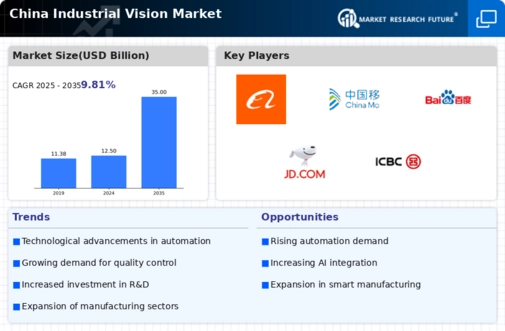

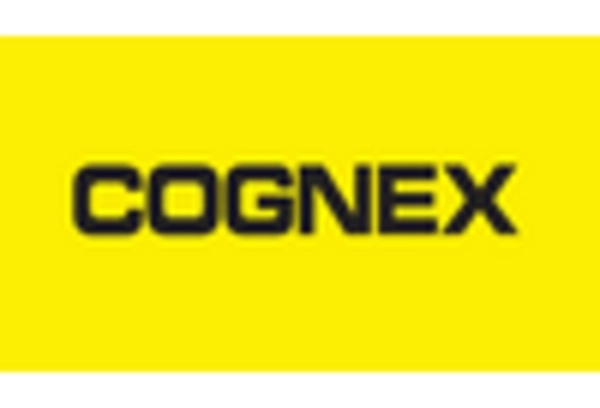
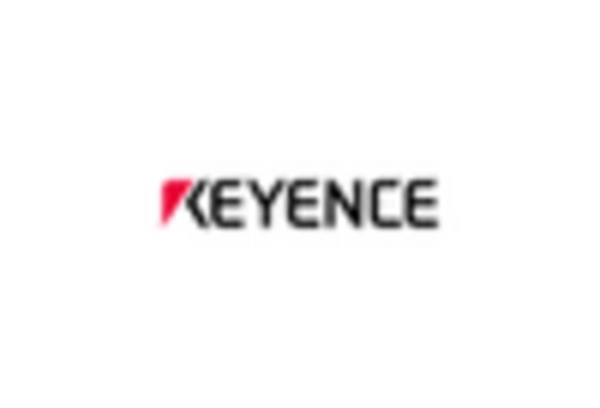

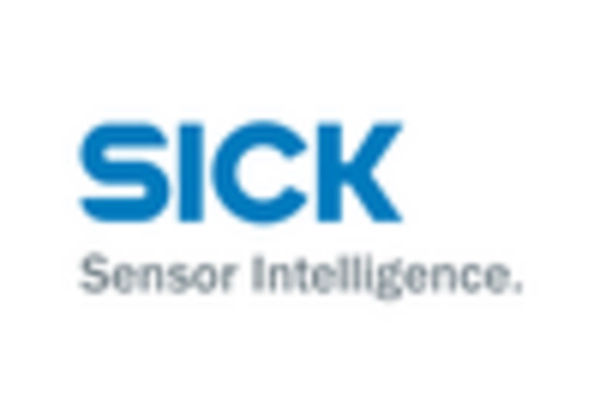
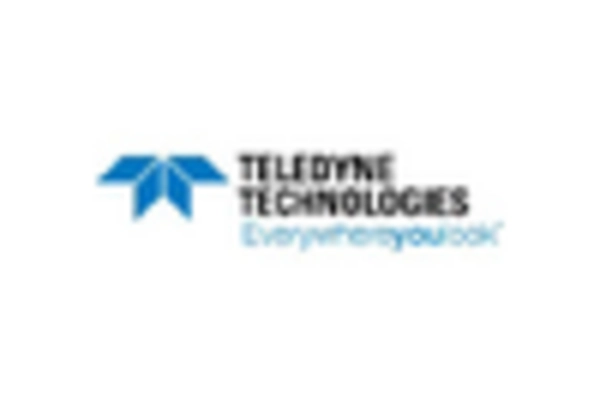








Leave a Comment